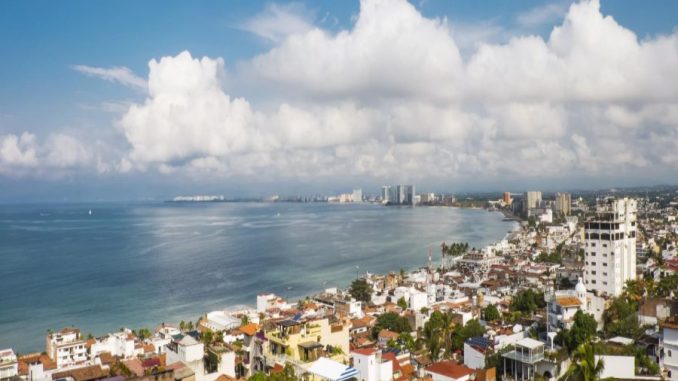
Awesome Mediterranean yacht sailing places today? Turkey’s Turquoise Riviera has long been popular among private yachts, but recently we’ve seen an upswing in the demand for yacht charters in the region as well. Fethiye is one of the most popular spots to charter, as it provides access to tiny islands too small to name, sky-blue lagoons and secret coves where you drop anchor and swim straight up to the shore for lunch. Speaking of food, you should pay a visit to Lebessos Winehouse during your trip. Housed in a 400-year old stone cottage in the town of Kayakoy (which has been deserted since 1923) this restaurant is the gourmet dining leader of Fethiye. The venue earns extra points for its taxi service, saving you the hassle of booking a transfer. The service is friendly and accommodating and the local cuisine is authentic and perfectly-prepared- opt for tender lamb kleftiko, levissi chicken with chilli yogurt or honey-drenched figs. Plus, the restaurant has its own wine cellar where you can sample the local wines of Turkey.
As the Ionian Islands are a popular choice for yachting holidays, they are well equipped for visitors. You can expect great ports here, complete with all amenities and help that you may need. And renting a yacht for an Ionian Island cruise holiday is easy. The Argolic and Saronic Gulf is a riviera that covers some of the best of ancient Greece. You could choose an amazing sailing itinerary around here, as there are many fantastic islands and ports to discover.
You might not always get the good weather but this part of the UK equals many of its European rivals in beauty. Over 95 miles of uniquely formed ancient coastline stretch all the way from East Devon to Dorset. Otherwise known as the Jurassic Coast, some of the rock formations here are 185 million years old and its England’s first natural World Heritage Site. Set sail from Weymouth Harbour and stop off at all the local beauty spots – Durdle Door, Lulworth cove and countless historic coastal villages. Discover additional details at https://intersailclub.com/.
The type of charter contract applicable to your charter will depend on where in the world you are cruising, as there are various terms within the industry which dictate how the payment structure is determined. For instance, a MYBA (Worldwide Yachting Association, formerly known as Mediterranean Yacht Brokers Association) contract operates under Western Mediterranean Terms (WMT) and is arguably the most commonly used, particularly with large yachts embarking on a Mediterranean yacht charter. This contract is often referred to as a “plus all expenses” contract and requires that the charterer pay for fuel, food, beverages and dockage fees as an additional expense outside of the base charter fee. Typically, guests can accumulate an additional 25% to 50% of the base charter fee though this is dependent on what is consumed. These expenses can be tracked through the use of an Advance Provisioning Allowance (APA) which we will cover in the next section. Knowing the base price of your charter is just the starting point, however, depending on the location, which often governs the terms of the contract, more or less may be included in the base price of your charter. Bear in mind that every charter yacht, because they are privately owned and the owner sets the rules, is slightly different. One yacht may include a “standard” selection of wines with every meal and charge only to upgrade the vintages, while on another yacht the wines are a la carte.
Yachting tip of the day: One of the ancient arts of the sailor is setting up a “stopper” to relieve a loaded rope without letting anything go. The classic use for a stopper is to take the weight off the genoa sheet when Cousin Doofus has carelessly locked up the whole shooting match with an override. My crew recently used the stopper shown below. It took the load at the turning block while we sorted out the mess. Then we wound the sheet in a few inches to relieve the force on the stopper, removed it and sailed on. To create a stopper that works, clap on a half-hitch before the rolling hitch as shown. You can see it doing the work, and it guarantees success. If you can’t tie a rolling hitch, go on the internet and learn how. You may need it sooner than you think!
